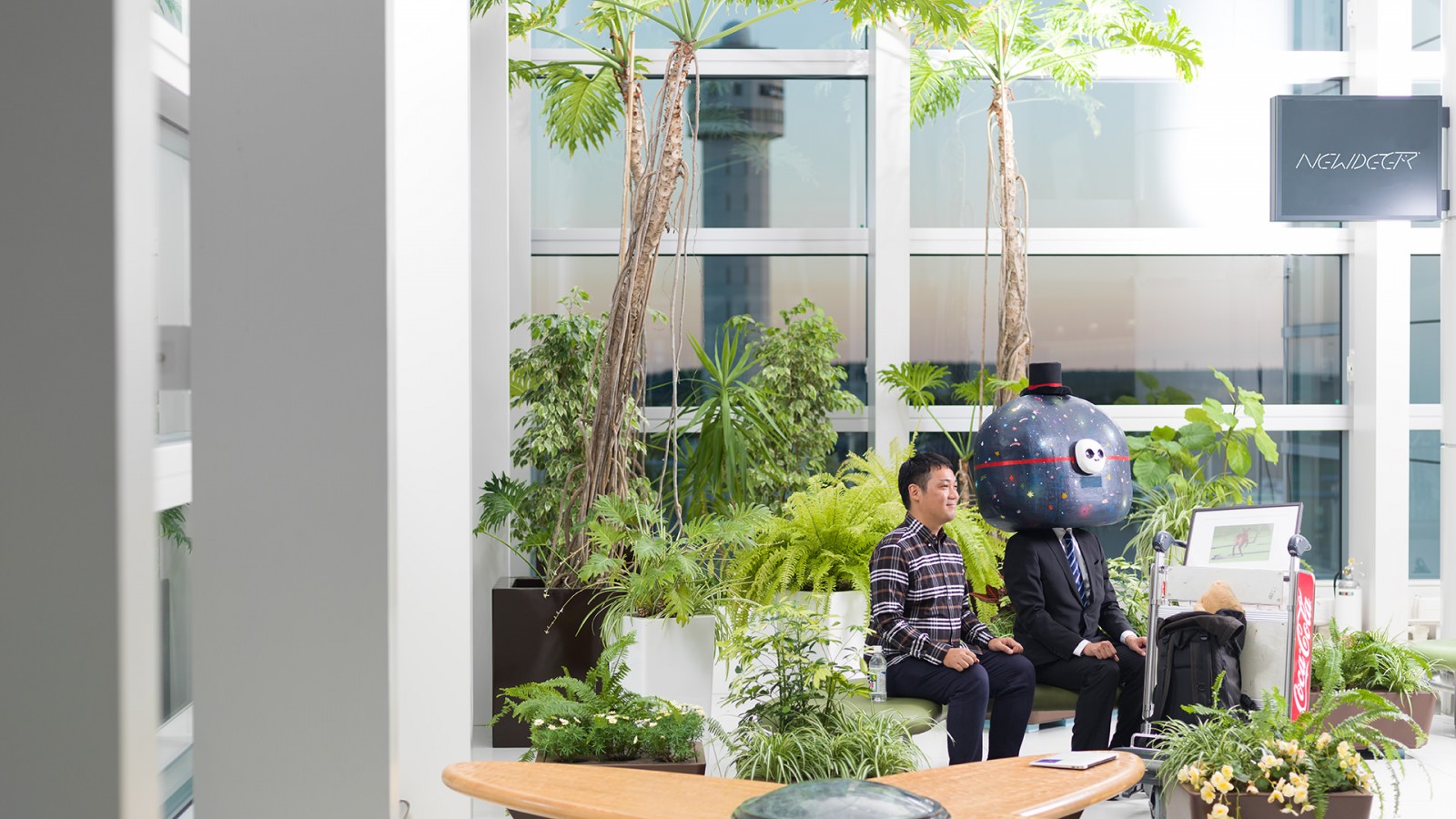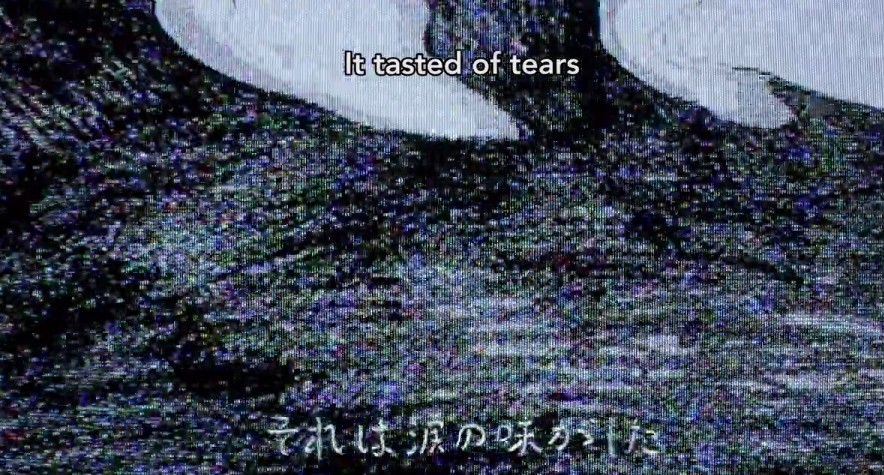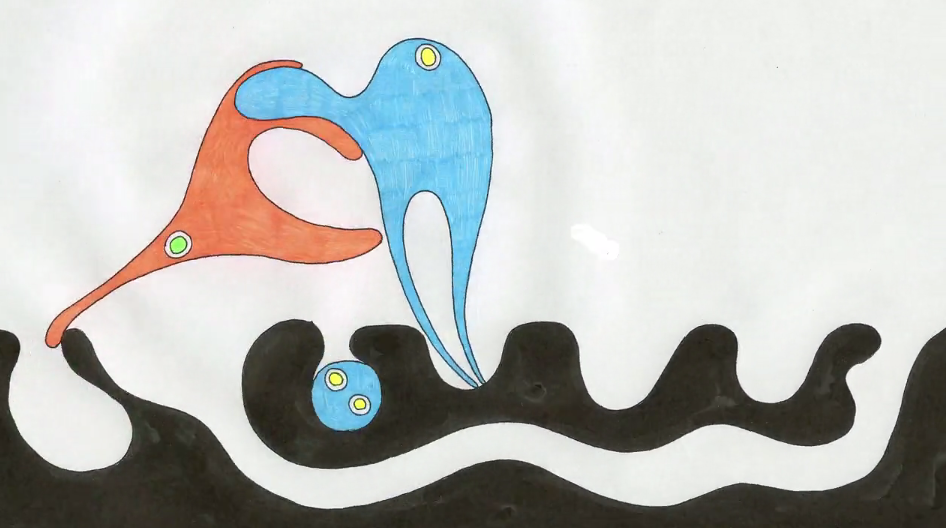This week I am delighted to welcome graduate student Kelsey Velez to write for us! Velez reflects on the work of Japanese curator and scholar Nobuaki Doi.

As a curator and scholar, Nobuaki Doi’s work facilitates the continuing legacy of animation in Japan—a legacy that stretches back as far as the 1910s. He got his start as an animation critic, after seeing the works of Yuri Norstein in school. He went on to co-found the pioneering independent Japanese animation label CALF with filmmakers Kei Oyama, Atsushi Wada ,and Mirai Mizue and more recently, the NewDeer label. In addition to his scholarly and curatorial work, he is also a scriptwriter and festival director for the New Chitose Airport International Animation Festival and Georama. Doi’s multiple projects provide a platform for independent animators to establish their names and gain exposure while also providing a context that links them to the legacies of Japanese animation.

Prior to CALF, there were relatively few outlets for Japanese independent animators to show their work outside of the festival circuit. While independent animation has circulated theatrically and for home viewing in Europe and the US since the 1970s, the circulation of independent Japanese animation is a relatively recent phenomenon. Given the accessibility of work through the Internet, a distribution project like this might seem pointless, but that would be overlooking the crucial context Doi’s curatorship provides. The artists he works with and his scholarly writing provide new ways of seeing and understanding this vanguard body of work.

Many of Nobuaki Doi’s artists bridge the underground and the commercial worlds. Some have produced spots and mascots for G.U.M. toothbrushes, McDonald’s, and Suntory beverage company, to name a few. While experimental animators in the US often find commercial production problematic, in Japan, independent productions compete against the anime-mainstream on all fronts. In doing so, artists producing this work have carved out an alternative cultural and aesthetic space to the popular Japanese animation imagination.
Together, Doi and the artists he represents have forged new possibilities for the present and future of Japanese animation.
Kelsey Velez is an MFA candidate in Film/Video/New Media and Animation. She has recently published an interview with animator Kelly Gallagher in Incite Journal of Experimental Media.